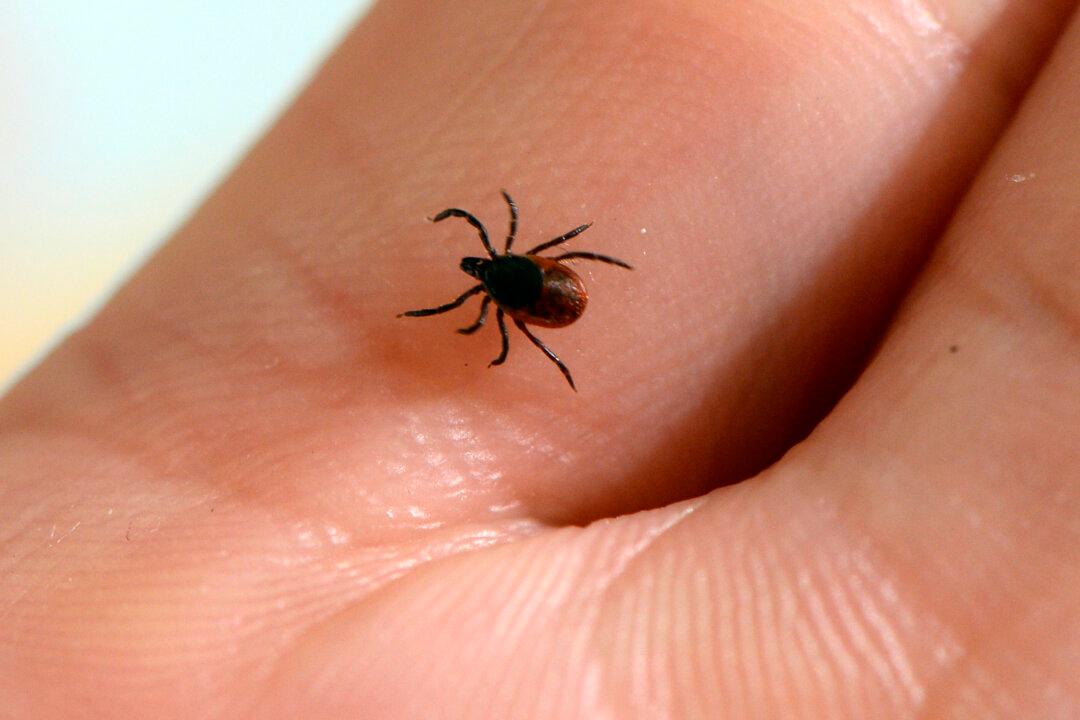The spread of Lyme disease has increased dramatically over the past 15 years with the illness more than tripling in rural areas, according to the nonprofit FAIR Health’s recent analysis of health insurance claims.
Lyme disease, caused by the Borrelia burgdorferi bacteria, is transmitted to humans through the bites of infected blacklegged ticks, often called “deer ticks.”





